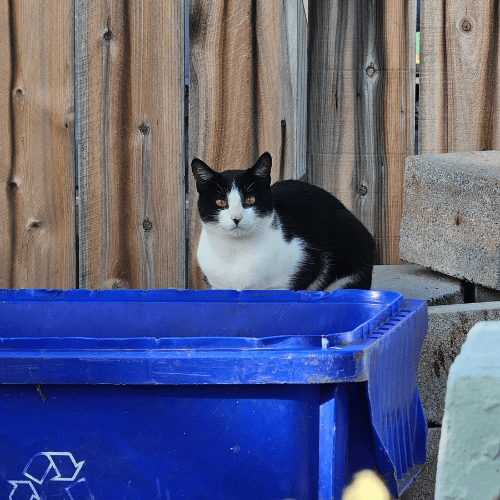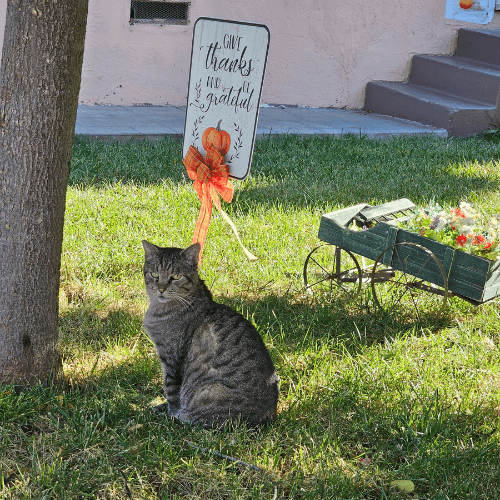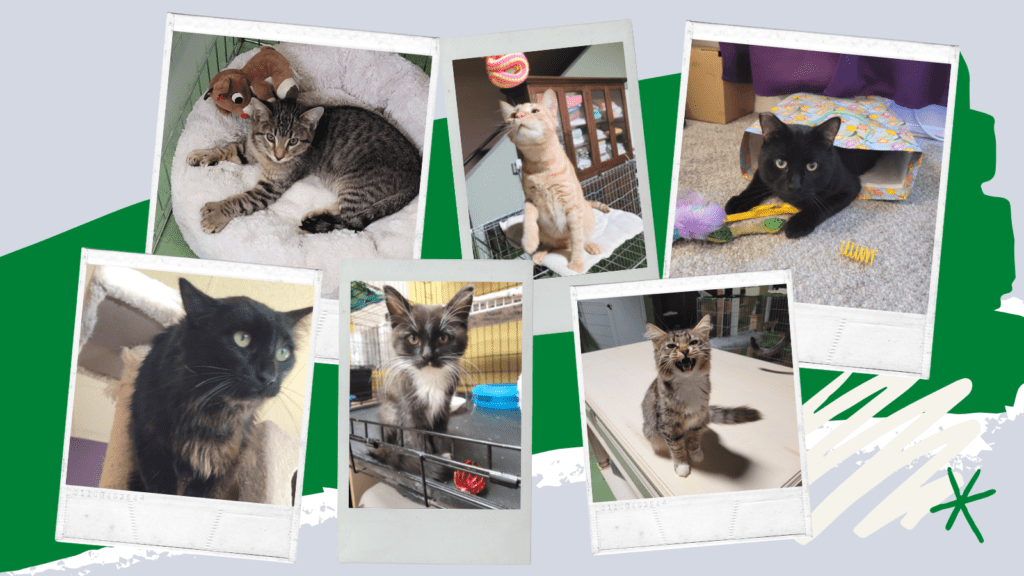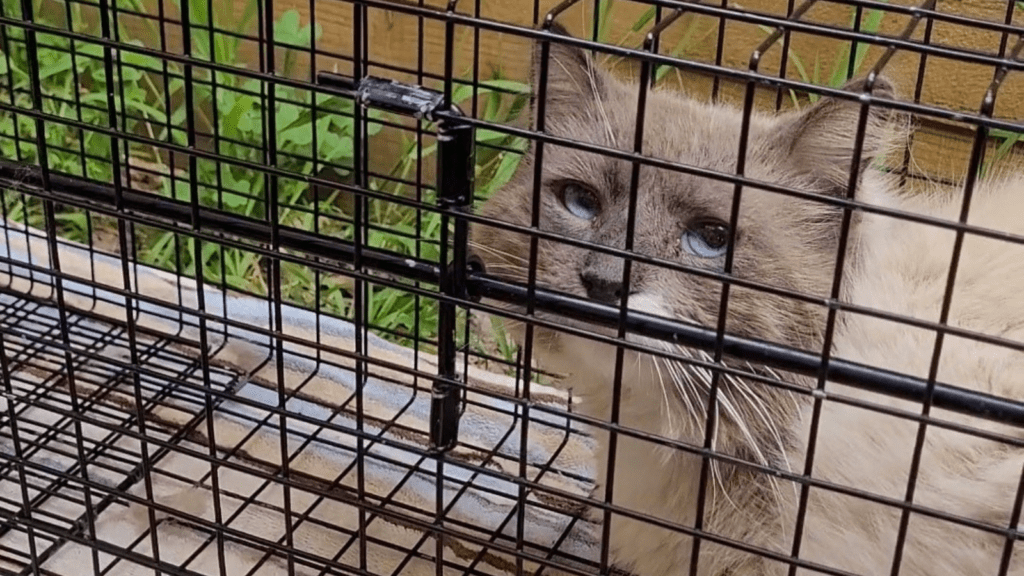
How to Talk to Neighbors About TNR and Stray Cats
As advocates for the welfare of outdoor and stray cats, we understand the importance of trap-neuter-return (TNR) programs. TNR is a humane way to control the cat population and improve their overall well-being. However, initiating a conversation about TNR with your neighbors can be daunting, especially if they are not familiar with the program. In this article, we’ll explore some effective strategies for how to talk to neighbors about TNR.
Stray cats may be a sensitive issue in some communities, which is why it’s essential to approach the topic with sensitivity and respect. By communicating the benefits of TNR and addressing concerns and misconceptions, we can build support and understanding amongst our neighbors. We’ll provide you with tips and strategies to help ease your neighbors’ worries, share successful examples of TNR programs, and collaborate with your community to create a safe and healthy environment for outdoor and stray cats.
If you’re wondering how to talk to your neighbors about TNR or how to approach the discussion, this section will provide you with valuable insights and communication techniques. By working together, we can create a more compassionate and humane community for outdoor and stray cats.
Understanding the Benefits of TNR
Before we can effectively discuss trap-neuter-return (TNR) with our neighbors, it’s essential to understand the many benefits of this program.
TNR is a humane and effective method of controlling the population of outdoor and stray cats. Here are just a few of the benefits:
| Benefits of TNR | Explanation |
|---|---|
| Reduces cat overpopulation | TNR stabilizes and reduces outdoor cat populations by preventing litters and reducing the number of cats who could reproduce. |
| Improves community health | TNR reduces the number of outdoor cats that can spread disease and parasites while also reducing the number of cat-related complaints to local authorities. |
| Promotes humane treatment | TNR helps protect outdoor and stray cats by reducing their risk of injury or death from car accidents, animal attacks, and other hazards. |
By implementing TNR, communities can reduce euthanasia rates in shelters and provide outdoor cats with better lives while also protecting wildlife and reducing public health risks.
Next, let’s explore strategies for building awareness and knowledge about TNR to ensure productive conversations with our neighbors.
Building Awareness and Knowledge
When discussing TNR with your neighbors, it’s important to approach the conversation with empathy and respect. Keep in mind that some may not be familiar with the program or may have limited knowledge about outdoor and stray cats.
Start by establishing a comfortable environment for the discussion. Introduce yourself and explain the purpose of the conversation. You may say, “Hi! I’m [Your Name], and I wanted to talk to you about a program that I’m passionate about. Have you heard about trap-neuter-return?”
It’s also helpful to prepare with relevant information and resources, such as brochures or websites, that your neighbor can review at their own pace. This way, they can have time to process the information and ask questions in a non-confrontational setting.

TNR Conversation Tips:
- Listen actively to your neighbor’s concerns and respond with empathy.
- Provide clear and concise information about the purpose and benefits of TNR.
- Share your personal experiences or success stories from other communities.
- Share details of how you might trap cats in the neighborhood.
- Offer to answer any questions or concerns they may have and provide additional resources.
Another effective strategy is to approach the conversation with a solution-focused mindset. Instead of simply discussing the issue of cat overpopulation, present TNR as a proactive and compassionate solution that can benefit both the cats and the community.
TNR is a humane and effective way to control the population of outdoor and stray cats. By spaying or neutering them, we can prevent the birth of more kittens and ultimately reduce the number of cats in our neighborhood. Plus, TNR improves the cats’ overall health and reduces the risk of nuisance behaviors like yowling or fighting.
Overall, building awareness and knowledge about TNR requires patience, empathy, and effective communication strategies. By approaching the conversation in a respectful and compassionate manner, we can encourage our neighbors to support TNR and create a more humane community for cats.
Addressing Common Concerns and Misconceptions
When discussing TNR with your neighbors, it’s important to address common concerns and misconceptions to ensure open and constructive communication. Here are some effective ways to discuss TNR with your neighbors:
- Start with empathy: Acknowledge any concerns your neighbors may have and express that you understand their perspective. For example, you could say, “I understand that you may be worried about the impact of outdoor cats on the environment.”
- Highlight the benefits: Emphasize the positive outcomes of TNR, such as reducing cat overpopulation and improving community health. You could say, “TNR is a humane way to control the cat population while also reducing the spread of diseases like rabies.” You can also talk about the impact of the kitten season.
- Address misconceptions: Provide accurate information to dispel any misconceptions, such as the belief that TNR increases the number of cats or harms wildlife. For example, you could say, “TNR actually reduces the number of cats over time by preventing new litters. Additionally, studies have shown that outdoor cats have a minimal impact on bird populations.”
- Share success stories: Share stories from other communities that have successfully implemented TNR, demonstrating the positive impact it can have. You could say, “In [Name of Community], TNR has reduced the number of outdoor cats while improving their overall health and behavior.”
- Offer solutions: Collaborate with your neighbors to find solutions that address their concerns while supporting TNR. For example, you could suggest implementing measures to reduce any negative impacts on the environment, such as providing outdoor cats with food and water away from bird feeders.
By addressing concerns and misconceptions in a respectful and informative manner, you can help your neighbors understand the benefits of TNR and promote a collective effort toward its implementation.
Sharing Success Stories and Local Examples
One of the most effective ways to engage your neighbors in discussions about TNR is by sharing success stories and local examples. These stories can help illustrate the positive impact TNR has on outdoor and stray cats, as well as the communities that implement it.
For example, we can share the story of a nearby community that successfully implemented TNR and saw a significant reduction in the number of outdoor and stray cats. We can emphasize how TNR helps prevent cats from reproducing and reduces the need for euthanasia in animal shelters.
Another strategy is to invite a guest speaker from a local animal welfare organization or rescue group to talk about their experience with TNR. This can provide your neighbors with an opportunity to ask questions and gain a better understanding of how TNR works.

Real-Life Example
| Story | Impact |
|---|---|
| City of Dallas, TX | The city of Dallas implemented a TNR program in 2007. By 2019, the city reported a 57% reduction in the number of cats taken to the shelter and a 72% decrease in the number of cats euthanized. The program has also contributed to a decrease in the number of feral cat colonies and has helped improve the health and behavior of the cats. |
Sharing these stories and examples can inspire your neighbors and demonstrate the potential positive outcomes of TNR. It can also help them see that TNR is a viable solution that has worked in other communities.
Overall, the more your neighbors understand the benefits of TNR and see how it has successfully worked in other communities, the more likely they’ll be to support it. By sharing success stories and local examples, we can help create a community that values and supports TNR for the well-being of outdoor and stray cats.
Collaborating and Organizing with Neighbors
Collaboration is essential to successfully implementing TNR in your community. By working together with your neighbors, you can create a positive impact on the welfare of outdoor and stray cats in your area. Here are some neighbor communication techniques for TNR that can help you build a sense of community:
Organize Neighborhood Meetings
Hosting a neighborhood meeting is a great way to connect with your neighbors and share information about TNR. You can use this opportunity to discuss the benefits of TNR, address concerns, and gather support for the program. When organizing a meeting, make sure to:
- Provide clear information about the meeting date, time, and location
- Prepare an agenda to ensure the meeting stays on topic
- Encourage participation from all attendees
- Listen to and address any questions or concerns raised by your neighbors
Create TNR-Focused Events
Organizing events that focus on TNR can be an effective way to engage your neighbors in discussions about the program. Consider hosting a TNR educational seminar or a fundraising event to support TNR efforts in your area. Some ideas for TNR-focused events include:
- Hosting a low-cost spay/neuter clinic for outdoor and stray cats in your area
- Organizing a neighborhood cat food drive to support cat colonies in need
- Coordinating a trap-building workshop to help neighbors learn how to safely and humanely trap cats for TNR
Foster a Sense of Community Involvement
Creating a sense of community involvement is critical to the success of TNR efforts in your area. By fostering a collaborative and supportive environment, you can inspire more neighbors to get involved and invest in TNR. Here are some ways to promote community involvement:
- Form a TNR committee made up of interested neighbors who can help organize events and spread the word about TNR
- Encourage neighbors to report sightings of outdoor or stray cats in their area to help identify new colonies
- Share success stories and updates with your neighbors to keep them engaged and informed
By collaborating and organizing with your neighbors, you can create a community that is supportive of TNR efforts. Remember to be inclusive, respectful, and open to feedback, and always keep the welfare of outdoor and stray cats in mind.
Addressing Challenges and Finding Solutions
As with any conversation, discussing TNR with your neighbors can sometimes present challenges. However, staying respectful and constructive is key to finding solutions that work for everyone involved. Here are some TNR conversation tips to help you overcome common obstacles:
Resistant Neighbors
It’s natural to encounter neighbors who may not agree with TNR or are resistant to change. When dealing with resistant neighbors, it’s important to listen to their concerns and acknowledge their feelings. Try to find common ground by emphasizing the benefits of TNR and addressing their concerns with facts and data. You can also share success stories from other communities that have implemented TNR, highlighting the positive outcomes for cats and the community.
Disagreements
From time to time, you may encounter disagreements with your neighbors about TNR. In such cases, it’s important to maintain a respectful and open-minded dialogue. Listen carefully to their perspective and try to find a compromise that meets everyone’s needs. For instance, if your neighbor is concerned about outdoor cats in their garden, suggest using cat deterrents or fencing as a solution.
Misunderstandings
Some neighbors may not understand TNR or its purpose. In such cases, it’s essential to provide information and clarification. Explain how TNR helps control the cat population, creates healthier outdoor and stray cats, and protects the community’s health. You can also use visual aids, like flyers or infographics, to help convey the information.
By staying positive and respectful during TNR conversations, you can help ease concerns, address misconceptions, and find solutions that benefit cats and the community. Remember to approach the conversation with an open mind and be willing to find common ground.
Conclusion
We understand that talking to your neighbors about TNR can be a nuanced and sensitive conversation. However, with the right strategies, it can also be a productive and rewarding experience. Remember to build awareness and knowledge, address common concerns, and share success stories and local examples. Collaborating and organizing with your neighbors can also be a powerful tool to create community buy-in and support.
When engaging in TNR discussions with your neighbors, it’s important to stay respectful and open-minded. Encourage an open dialogue, listen to their concerns, and find common ground to work towards solutions that benefit everyone.
By implementing neighbor communication techniques for TNR and utilizing rescue conversation tips, you can successfully navigate these conversations and create a community that supports the welfare of outdoor and stray cats. Let’s work together to make a positive impact in our neighborhoods and beyond.



